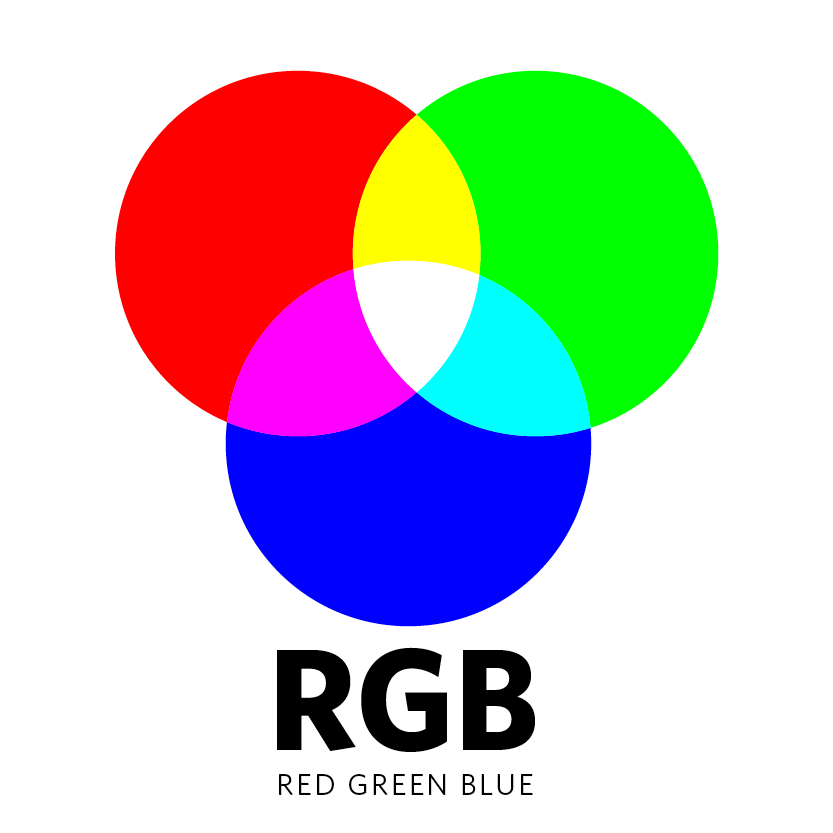
CMYK vs RGB
Print jargon is often hard to decipher when placing print jobs; CMYK, full colour, gsm, digital or litho… safe to say things can get confusing fast! We think that print should be as straight forward as possible, and a way to help your print project go smoothly is to ensure your artwork is set up correctly in the first place.
When you set about creating a design for print, there’s a list of things you need to consider; the purpose of the design, the stock it is printed on, how it will be finished. But quite often, there is an overlooked step that should be on the top of that list – colour profiles.
If your design is going to be solely used on the web you need to select a specific colour profile for your artwork, but you can assume that colours will look similar across different computer monitors. If you are designing for print however, you shouldn’t assume that the colours you see when the job is printed will look the same as they do on the screen. Knowing the importance of using the correct colour profile is key when creating a design intended for print, and if ignored can lead to a beautiful design printing poorly!
Now, RGB and CMYK probably make no sense to you right now and may just look like made up abbreviations. But whether you are familiar with these terms or not, reading on will explain the differences and help you avoid making a simple, yet common, mistake.
RGB stands for red, green and blue. The RGB profile uses these three colours to create just about any other colour you can think of by ‘adding’ different amounts of red, green and blue. The more you add, the lighter the colours become. The reason RGB is used for monitors is because it works with light and offers the widest range of colour gamut’s.
CMYK works the opposite to RGB. The colours cyan, magenta, yellow and key (black) are ‘subtracted’ to create colour. The more colours you add the darker the colours will become, the more you take away the lighter the colours will become.
We have printed hundreds of designs for a range of clients and have often helped with converting artwork colours from RGB to CMYK to be able to print. We have found that artwork is normally sent over this way because people may not know about the print process.
Tips for nailing design for print…
- 1)Know what your design is intended for e.g. web, print
- 2)Use the correct design software e.g. InDesign for print, photoshop for editing images
- 3)Set up your document with the correct colour profile e.g. CMYK for print, RGB for web
- 4)Always export files for print as PDFs with crop and bleed marks
Avoid having to spot the difference and use this blog to help you. We will also offer any artwork help where we can, and we can even talk you through setting up your design document.
All in all, if you are aware of the differences between CMYK and RGB, along with the knowledge there are potential colour differences between the two, you will know what to do to avoid a good design turning bad when it is printed – resulting in an unhappy client.
If this still sounds far too confusing, just pick up the phone and give us a call. We do love talking all things print after all!
On another note, we stumbled across this creative video that helps to explain CMYK in an interesting way: http://motionographer.com/2015/09/14/cmyk/
